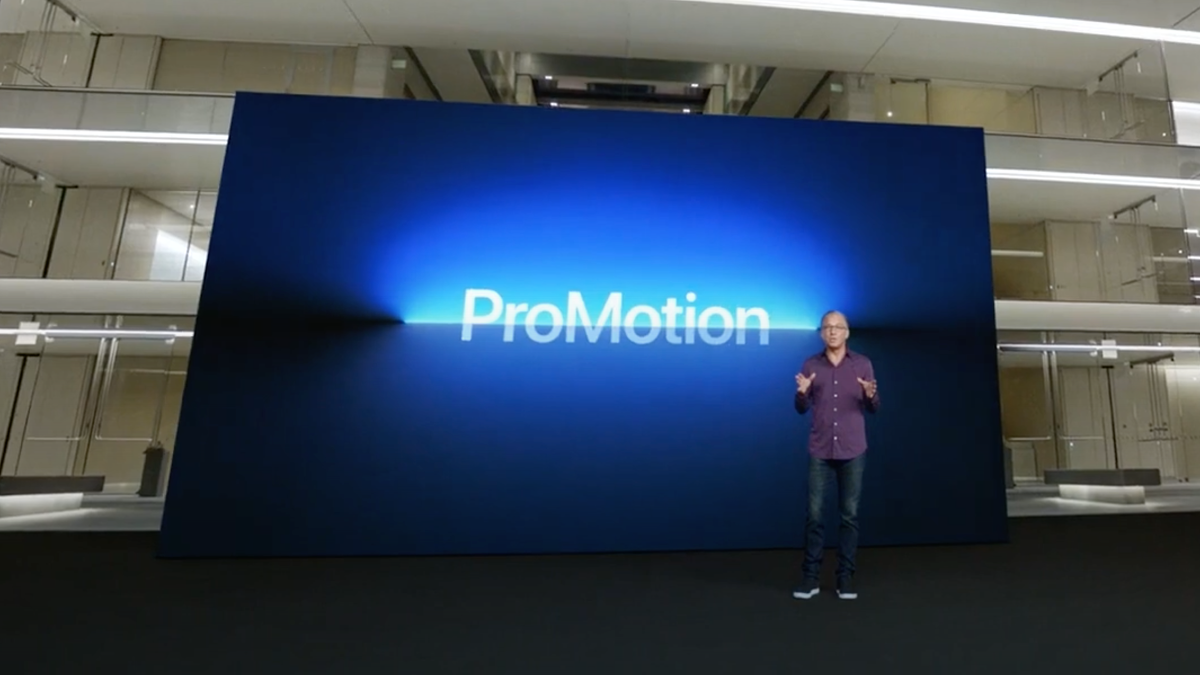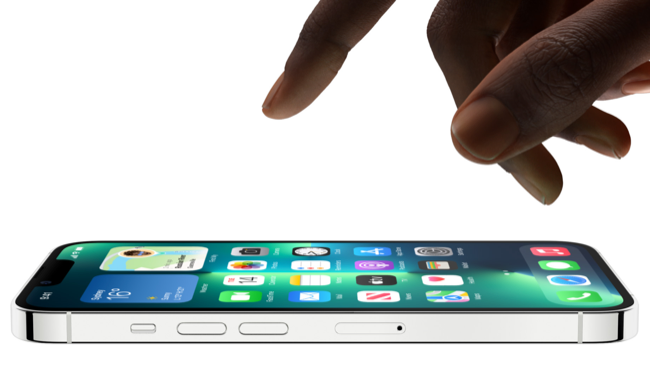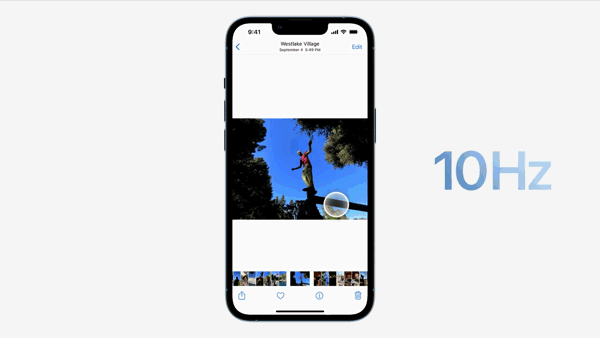Quick Links
Apple has been putting "ProMotion" displays on various devices for a few years now. The label is a marketing term for technology that isn't unique to Apple hardware, but it still provides some tangible benefits over lesser displays.
ProMotion Displays Refresh at 120Hz
For a display to bear the ProMotion label it must have a maximum refresh rate of 120Hz. A display's refresh rate refers to how many times the display updates in a single second. Most displays including standard non-ProMotion iPhones and iPads use a 60Hz display.
ProMotion displays are also adaptive, which means they can change their refresh rates to suit whatever it is you're doing. While playing a game you might use the full refresh rate of 120Hz for smooth gameplay, but if you're simply staring at a static screen then the tablet or smartphone can reduce the refresh rate to suit.
This is why the ProMotion display on the iPhone 13 family is advertised as having a range of 10Hz to 120Hz. At its lowest refresh rate, the iPhone 13 will update its display just 10 times every second.
Benefits of a ProMotion Display
The obvious benefit of a higher refresh rate is smoother motion on-screen, whether you're simply scrolling through social media, browsing the web, or playing a game. When you double the refresh rate, you effectively double the amount of feedback your taps and swipes generate.
This leads to a more pleasant user experience where performing various tasks feels more fluid and responsive. In gaming, it may even give you an edge, since you have twice the theoretical frame output compared with a 60Hz display. This is only the case if the tablet or smartphone has a powerful enough GPU to match the higher refresh rate.
Drawing with an Apple Pencil also benefits from a higher refresh rate, since there is a lower latency (just 20ms on the latest models) before seeing the digital ink appear on-screen. This leads to a writing and drawing experience that feels more natural.
As the display adapts the refresh rate depending on what you're doing, ProMotion devices can save battery life by avoiding unnecessary refreshes. For example, the iPhone will drop the refresh rate while you're looking at a static photo, then dynamically bring it back up to "smooth" levels when you swipe to the next.
This is similar to the variable refresh rate technology now commonplace on most gaming monitors and the latest consoles. The big difference is that gamers put this technology to use to eliminate screen tearing rather than to save battery life.
Available in iPhone Pro and iPad Pro (For Now)
As of mid-2022, you can find ProMotion displays in both models of iPad Pro and the iPhone 13 Pro (which you can limit to 60Hz). The regular iPhone 13 does not include a ProMotion display.
On the Mac side, Apple has added ProMotion to the 14-inch and 16-inch MacBooks with its M1 Pro and M1 Max chips. Other MacBooks and desktop Macs do not yet have ProMotion displays.
It's clear that Apple loves branding features like higher refresh rate displays with its own terminology, as was the case with the AirPods and Adaptive EQ.



